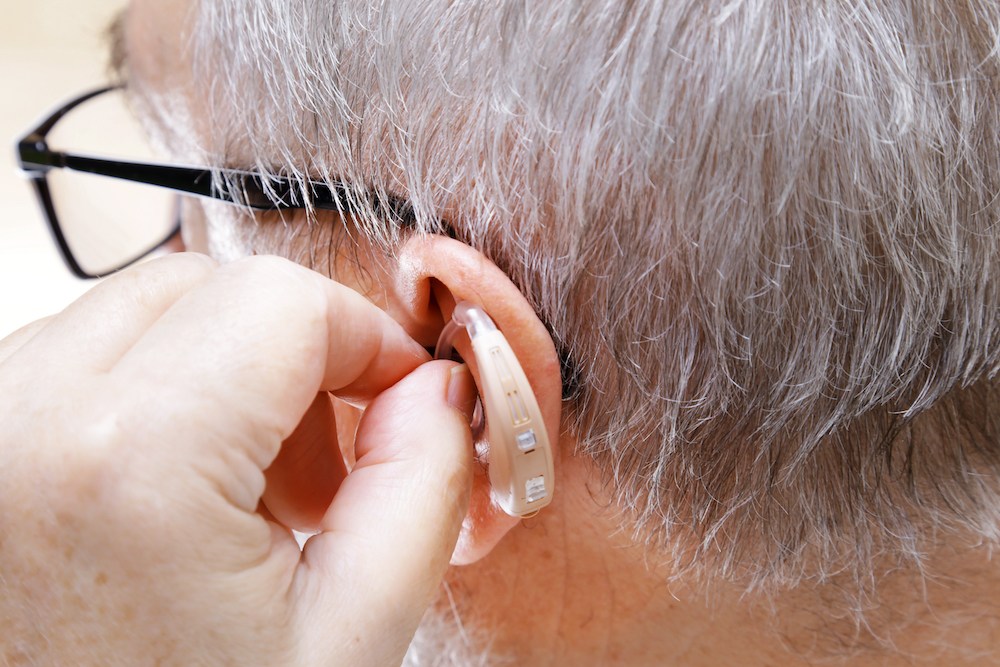The Role of Nutrition in Preventing Hearing Loss
The link between what you consume and your hearing health might not be

By: admin | November 23, 2022
The World Health Organization says that close to 466 million people around the world have hearing loss which makes it hard for them to do their jobs. Many of these people, after being told they have hearing loss, look into different hearing aids. Since there are so many options, this could be a hard thing to do. The cost of hearing technology, on the other hand, shouldn’t cause extra stress. Although they cost a lot of money, one or even two hearing aids can help people hear better. But do you have to spend a lot of money?
This article will help you understand why hearing aid prices can vary, how cheaper hearing aids are different from more expensive ones and how to choose the right device for you. You should choose a hearing aid that works best for you and your lifestyle. If you don’t, you might end up leaving it in a box in a drawer and not using it at all.
Hearing aids all do the same basic thing: they help you hear better, so you can hopefully hear sounds you couldn’t before. In the same way, all hearing aids are made up of the same basic parts. Before we talk about what affects how much a hearing aid costs, let’s take a look at the aid itself.
There are three main parts that make up a hearing aid: a microphone, an amplifier and a speaker. So, how do hearing aids work? The microphone picks up sounds, which are then changed into electrical signals. Then, the amplifier gets these signals. The amplifier makes the sounds stronger and louder by making them louder and stronger. Once the sound has been amplified, the speaker sends it to your ear(s). But even though all hearing aids are made of the same parts, not all ears and hearing losses are the same. A hearing aid needs to boost the volume of certain frequencies and must have enough power to do so. The main purpose of a hearing aid is to help a person hear “lost” sounds again. Because of this, most basic hearing aids can boost sounds.
This is one of the most important things to think about when choosing a hearing aid. Your hearing health professional will talk with you about the best hearing aid options based on the type and severity of your hearing loss. How your hearing loss affects your decision-making can be broken down into three parts: type, side and degree/severity. First, you might have either a sensorineural or a conductive hearing loss, which will affect how your hearing loss is treated.
Second, you may only have trouble with one ear and therefore only need one device. If you have trouble hearing in both ears, you might be able to use just one device, but it’s better to buy two. When you have two hearing aids, you can find sounds more easily. Last but not least, how bad your hearing loss is also matters. Some hearing aids are made to help people with mild to moderate hearing loss, while others are made to help people with severe hearing loss by giving them enough “power.” Hearing aids for people with more severe hearing loss tend to be more expensive than hearing aids for people with milder hearing loss.
What kind of technology you want in your hearing aid will depend a lot on how you live your daily life. For example, if you like to read and prefer one-on-one social situations, you might not want advanced features like automated directional microphones or advanced noise-canceling technology. You might want to work on improving the quality of natural sounds or the clarity of speech in quiet places.
On the other hand, if you’re a businesswoman or man, you might have to juggle business calls and socializing at business dinners all the time. In that case, you might want better noise-canceling features that will help you work better in noisy places and even use Bluetooth technology for your business calls.
People feel self-conscious when they wear hearing aids, just like they do when they wear reading glasses. There are a lot of different colors, shapes and sizes of hearing aids, which affect how much they cost. If you customize your hearing aid to your liking, it could also be easy to hide from the naked eye. You might come across terms like in the canal (ITC) and completely in canal (CIC) as you look into your options. ITC and CIC hearing aids are discreet and provide a natural listening experience, but you should also think about your dexterity and fine motor skills when considering them.
If it’s hard for you to use your fingers to hold and move smaller things, you might want to think about a behind-the-ear (BTE) device. If you don’t care about being discreet, like using a color that matches your skin tone for your hearing aid casing, you can find hearing aid casings in a wide range of colors to match your personality and embrace your hearing loss.
The features of your hearing aid aren’t just based on how you live, but also on what would help your hearing loss the most. When you buy an entry-level hearing aid, you may only be able to choose from a small number of programs. If you would like to learn more from a hearing health professional, don’t hesitate to get in touch with Hearing Solutions Inc. at (701) 566-7280
Tags: financing, hearing aid pricing

The link between what you consume and your hearing health might not be
By: admin | April 30, 2024

Understanding the world of hearing loss might seem overwhelming, but
By: admin | February 28, 2024

Hearing loss requires the right treatment and management so individuals
By: admin | December 28, 2023
